-

Delta Plus FFP3 Disposable Dust Masks
£29.61Supplied in: Box of 10 -
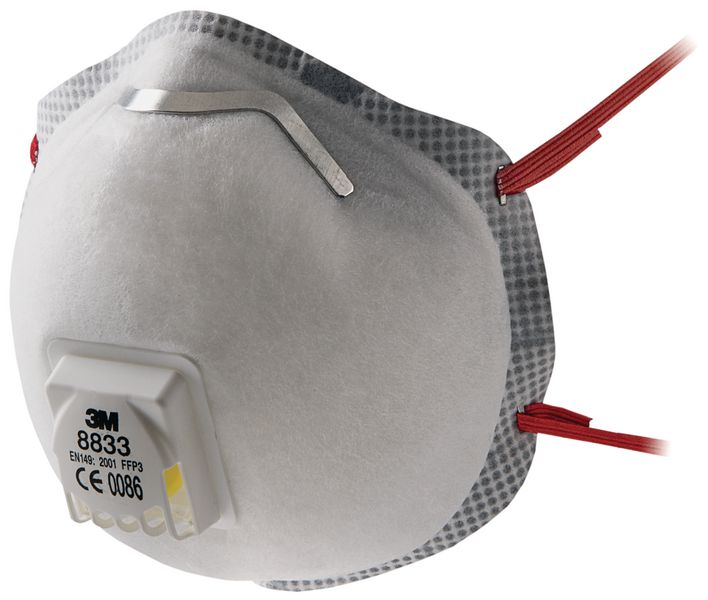
3M™ FFP3 Disposable Comfort Dust Masks
£54.10Supplied in: Pack of 10 -

JSP® FFP2 Standard Folding Masks
From £8.29 To £10.14Supplied in: Pack of 20 -

Delta Plus Face Fit Testing Kit
£352.32Supplied in: Single kit -

3M™ Aura 9300 FFP3 Foldable Respirator Masks
£85.49Supplied in: Pack of 10 -
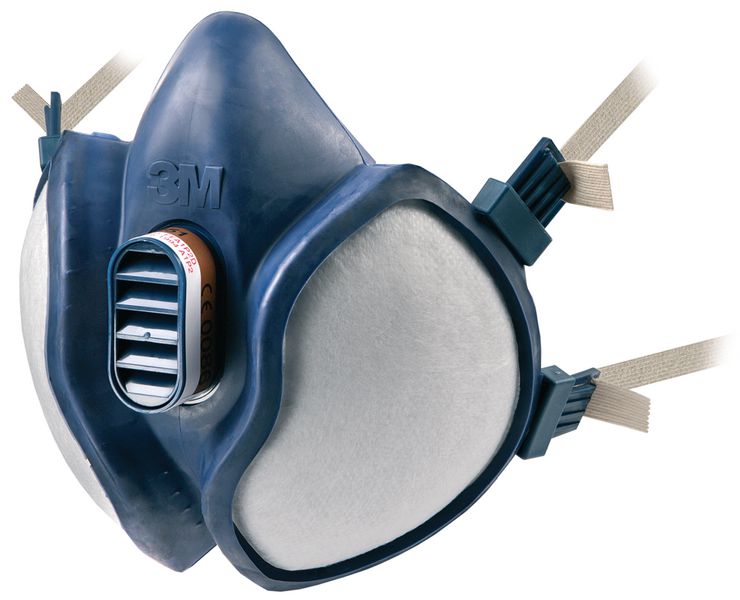
3M™ 4000® Respirators
From £26.76 To £37.71Supplied in: Single -
Promotion

3M™ Aura 9322+ FFP2 Foldable Respirator Masks
£35.73
£31.25
Supplied in: Pack of 10 -

Economy FFP3 Valved Dust Mask
£15.99Supplied in: Pack of 5 -

JSP® Flexinet™ FFP3 Disposable Respirator Masks
£22.99Supplied in: Pack of 5 -
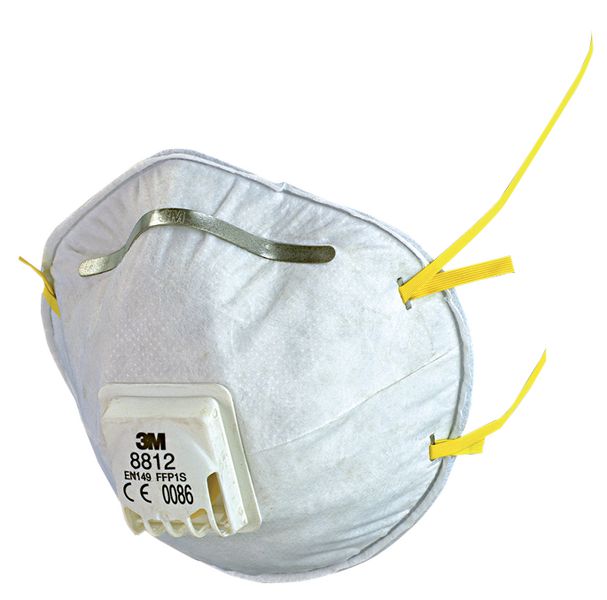
3M™ Dust Mask FFP1
From £18.61 To £18.67Supplied in: Pack of 10 -
Promotion
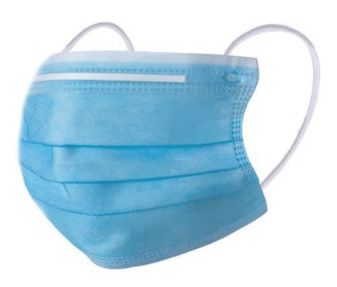
Surgical Masks Conforming to EN14683 Type II Pack of 50
£16.44
£5.00
Supplied in: Pack of 50 -

Ultimate Industrial FFP3 Mask
£54.84Supplied in: Pack of 10 -

Delta Plus FFP2 Disposable Dust Masks
£19.77Supplied in: Box of 10 -
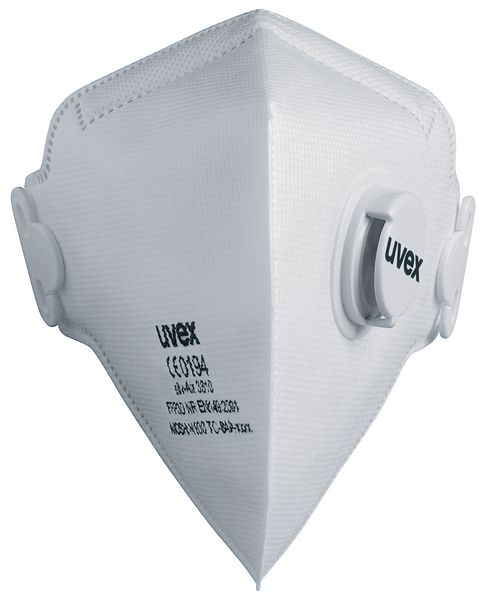
Uvex® silv-Air C - Flatfold Dust Masks FFP3
£74.79Supplied in: Pack of 15 -

FFP3 NR Valved Mask - 5pk
£31.26Supplied in: Pack of 5 -

Economy Mesh FFP3 Valved Dust Mask
£19.99Supplied in: Pack of 5 -

Uvex® Silv-Air C - Cup Style Dust Masks FFP1
£27.99Supplied in: Pack of 20 -

Uvex® Silv-Air C - Cup Style Dust Masks FFP3
£88.99Supplied in: Pack of 15 -

Uvex® silv-Air C - Flatfold Dust Masks FFP2
£32.09Supplied in: Pack of 15
Dust Masks
Need help?
 Do you know which dust mask rating you require?
UK’s Top Rated Dust Masks Recognised By Experts
Do you know which dust mask rating you require?
UK’s Top Rated Dust Masks Recognised By Experts
Dust masks protect workers against airborne particles, and are an important part of workplace safety, particularly on construction sites and in workshops. We provide a large choice of products, so it could be easier than you think to find what you’re looking for. Take a look at our full range of items and ensure your team are fully protected.

Expert Information
Choosing A Dust Mask
Dust masks will stop people from breathing in particulates in the air, therefore ensuring that pollutants do not affect them. They are a practical solution where there may be risks to respiratory health. The masks have a range of features that include filter materials and exhalation valves.
Respiratory problems are very hard to recover from completely, and there are many cases of people who have spent years working with pollutants who have then become ill in later life as a result. Simple PPE can help to prevent this situation from occurring, and dust masks are the first step. Preventing workers or visitors from breathing in damaging substances is an essential part of health and safety legislation, and you can comply easily by using filters and masks.
Disposable Dust Masks
Disposable dust masks are a great option in a workplace where there may not be hazards all the time. The JSP 111 FFP1 Disposable Dust Mask is designed to deal with fine dust or mists that are water or oil based. If your workers are doing any cutting, drilling or sanding, then this mask will prevent the particles from entering the respiratory system. These masks comply with the latest health and safety regulations. The masks feature a pliable nose strip so that it can be moulded to the shape of the nose, ensuring a tight seal.Disposable Respirators
Disposable respirators are another option. The 3M 4000 Series respirators come ready to use and have a design that has a low profile so that it does not interfere with vision when it is being used. It is also better for comfort and safety. The lightweight masks are balanced, so they can be worn for long periods of time. The filters are pre-assembled and easy to use, so they can be used by all members of staff and even visitors.Dust Mask Filters
As with many of the disposable respirators, there is a range of filters that can be used with the respirators. Fibres in the air, fine toxic dust, water-based mist, organic gases and vapours can all be protected against with one of the filters. While the respirators are disposable, they can be used on more than one occasion. They can be used until they become clogged or damaged. You can also use them until the gas filters are saturated. They are a good option financially, and they are among the most comfortable to wear.Are Dusk Masks Comfortable?
Respiratory protection has a number of comfort features, including a neck strap and a head cradle to ensure that they are well-fitted. The materials used are soft and non-allergenic, and they are all designed to meet with current health and safety regulations.Dust mask are designed to hold their shape , and there are three different levels of dust protection available. FFP2 protection is perfect for those who are working as plasterers or dealing with cement, but there is also FFP3 protection, which deals with environments that have high levels of fine dust. This higher level is usually reserved for people who handle dangerous powders.
Dust Mask FAQ
How do dust masks work?
As mentioned above, dust masks work by filtering out potentially harmful particles. They purify the air you breathe in and allow you to breathe out naturally. Modern dust masks are well designed for maximum comfort, although most workers do find they take a little getting used to. Most workplace dust masks are half face masks which cover the nose and mouth.Modern respiratory dust masks allow you to breathe easily, but it should be noted that respirators cause the lungs to work a little harder than usual. This will not harm a healthy adult, and most workers won’t even notice a difference, but potential respiratory mask users should certainly check with a doctor if they have any conditions that might make wearing a mask difficult.
Which employees have to wear a dust mask at work?
Employees whose daily activities put them at risk of breathing in any kind of harmful particles should wear a dust mask to prevent respiratory damage over time. Public Health England estimates that respiratory disease affects 1 in 5 people and they are the third biggest cause of death in the UK. Respiratory health can decline slowly over time, so it’s important to guard against even small risks, as it is often hard to assess the damage being done at the time.Those working with known harmful substances such as asbestos, pesticides, or mould spores, should of course pay particular attention to protecting themselves with appropriate and well-fitted respiratory masks.
How are dust masks rated?
Different dust masks provide different levels of protection, so it’s important that your employees use the right mask for their activities and risk levels. EN 149 designates three dust mask ratings:- FFP1 – suitable for sanding, drilling and cutting
- FFP2 – ideal for plastering and sanding
- FFP3 – suitable for those exposed to higher levels of dust and for those handling hazardous powders, such as those found in the pharmaceutical industry
For more information on dust mask ratings in the UK, see our dust mask rating guide.
How effective are dust masks?
Many workers are reluctant to wear dust masks, especially for less hazardous or occasional tasks, partly because they don’t believe they are that effective. That may well have been the case with basic, old-fashioned, paper or card-based masks.Properly fitted, high quality, respiratory masks, however, are completely different. They are extremely effective at filtering out hazardous substances and protecting respiratory health. Even the modern disposable dust masks used in many workplaces are highly effective at protecting respiratory health.
What dust mask do I need?
There are a wide range of dust masks that can be used depending on your needs. If you have a range of activities going on at your company, you may need different types of masks for different activities, employees and areas. Don’t forget to take a look at our rating guide and make sure any dust masks you order are a suitable rating for the activities your workers will be doing.If you have any doubts about the type of respiratory masks you need, please feel free to get in touch. Our friendly experts are always happy to talk to you about how to keep your employees safe in the workplace.
Make sure your staff are provided with the right equipment to stay healthy and able to work during the coronavirus pandemic. We have everything you need for Coronavirus Infection Control.


